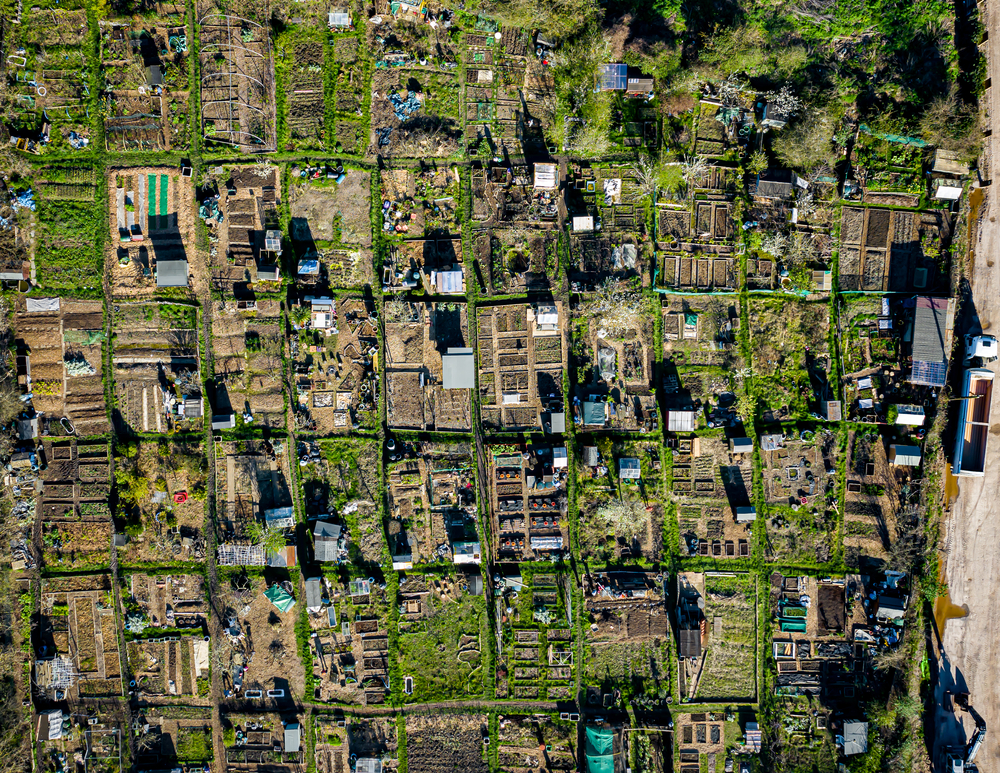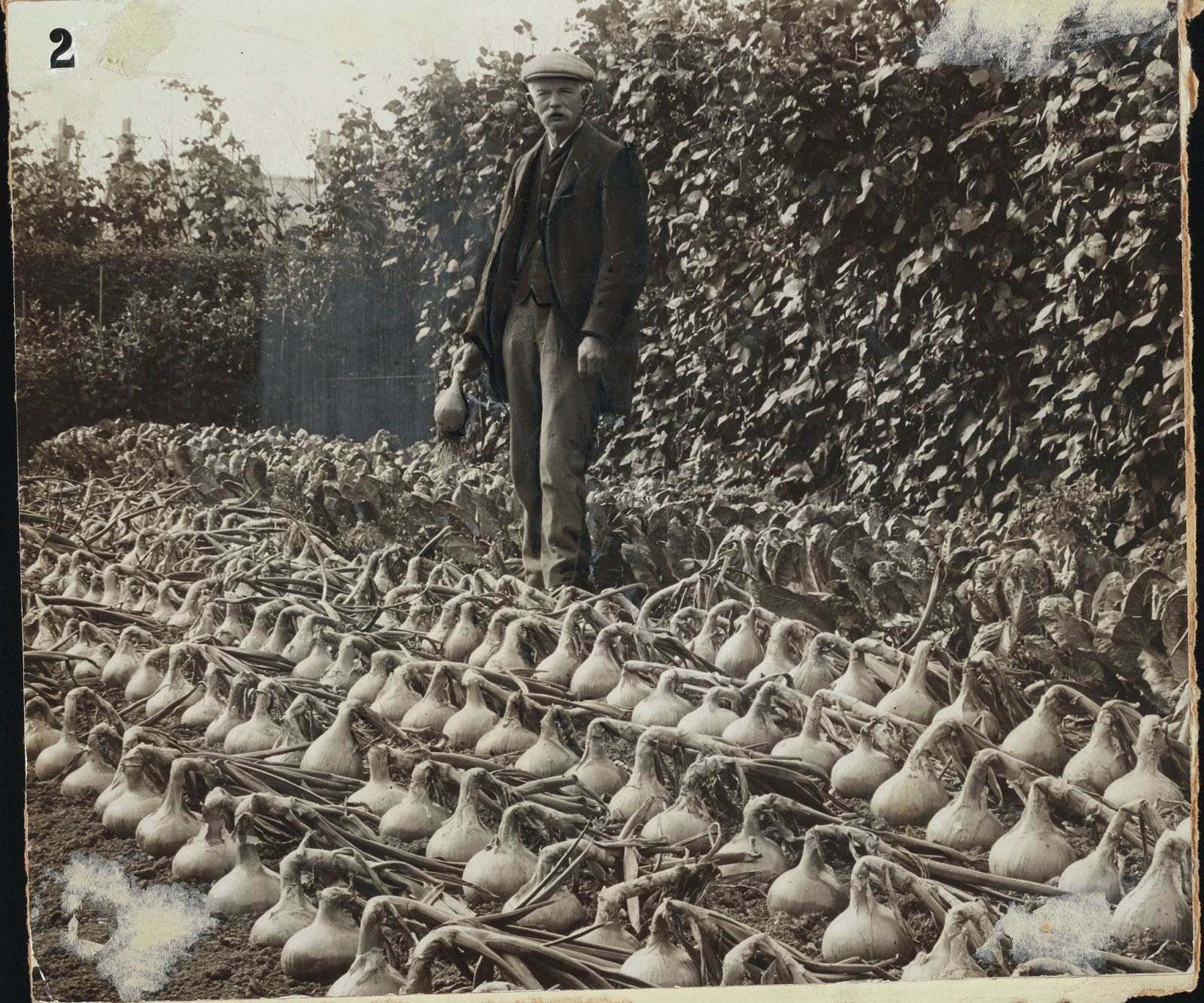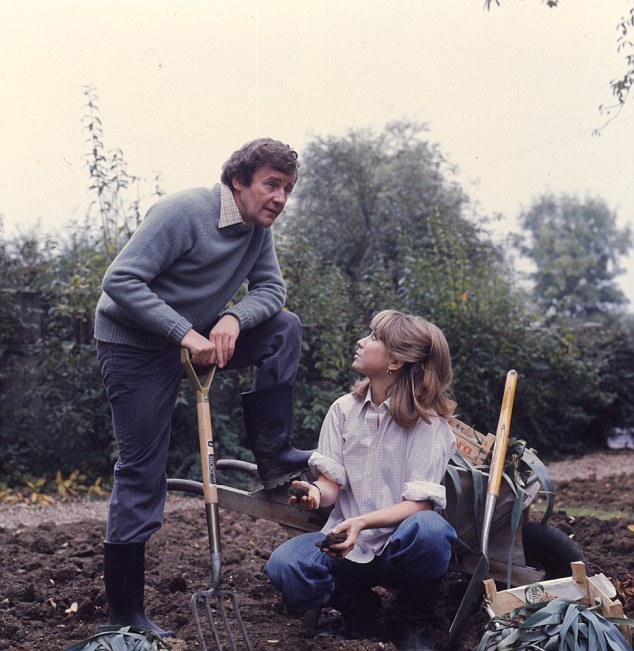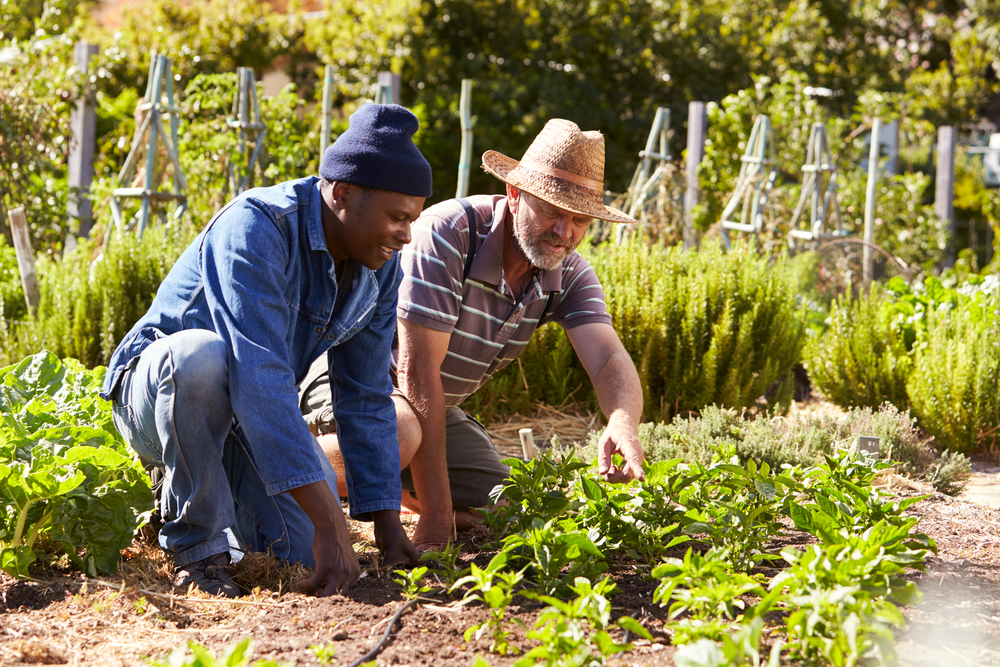Posted by Amber Williams on 3rd Jul 2023
Allotments – The Birth of Domesticated Horticulture

Demand for allotments is at an all-time high, and it doesn’t seem to be wavering any time soon. With wait times as long as three or even four years (depending on the area), it’s likely that demand will remain high for a while.
Allotments can be dated as far back as the early medieval period, according to The Natural Science and Media Museum. Throughout history, allotments have gone in and out of style, depending on the economic state of the country. Let’s dive into where allotments began, and why they’ve become so popular in the modern day.
Allotment Inception
Many say that the first mention of allotments was in the 1500s, but they go further back than that. In fact, they can be traced back to the early Medieval period, when large fields were divided into thin strips and given to families to grow crops. This was coined ‘the field system’.
However, the late 1500s brought an allotment revolution that was far more regulated. Large fields were divided once again into plots but were to be used only by the owner. They were enclosed by hedges, which were known as ‘the enclosures’, which continued over the next few hundred years with parliament’s involvement. To compensate, small allotments of land were given to tenant cottages. This is where the first written reference to allotments took place in the UK. These enclosures ensured another thing too – that the poorest society members starved due to a lack of land.
It wasn’t until the ‘General Enclosure Act of 1845’, which insisted that field gardens were given to the poor. However, not much land was set aside for this. Later, in 1907-08, the ‘Small Holdings and Allotments Act’ made councils provide allotments to those who asked, ensuring allotments were shared fairly among all.
Dig for Victory
A man growing onions, image featured in the Daily Herald, July 1933. Image rights: Science Museum Group.
In the First and Second world wars, the need for allotments grew practically overnight. Blockades stopped food from reaching areas of the UK, causing a shortage of imports. Railways that had become redundant were used to grow produce instead. Then came the famous ‘Dig for Victory’ campaign, which helped produce ‘over 1.3 million tonnes of food’, according to the Rapid Transition Organisation.
However, after the war, the use of allotments declined as housing and rebuilding plans ramped up. Each decade since then has seen peaks and troughs, especially in the 1970s and 1990s...

Image from the popular 70s sitcom, 'The Good Life'. Image rights: Daily Mail.
1990s Renaissance
The 1990s is a notable period for allotment resurgence, as the interest in growing your own produce grew. The demand for allotments, for this reason, has steadily grown since then. The COVID-19 pandemic saw an even bigger spike in demand, which is yet to go down, as people were stuck at home and saw the value in taking time to nurture a hobby, as well as growing organic produce.
The Many Benefits of an Allotment
Gardening has many proven benefits, from improved movement and exercise. They encourage social interaction, as people take the time to speak to each other and involve themselves within a new community.
There are also many mental health benefits to investing time in an allotment. Gardening itself has been proven to alleviate feelings of anxiety and symptoms of stress, even being prescribed to clients by therapists to help ease their symptoms.
According to the British Psychological Society, an “engagement in gardening has shown to have both immediate and long-term effects on mental health. Just gardening for several hours provides instantaneous reductions in depression and anxiety symptoms”.
Interested in beginning your own vegetable patch or full-sized allotment? We have advice to help you get started. Read our recent staff behind-the-scenes blog, ‘Jonathan’s Northern Allotment’, which shares a wealth of money-saving allotment advice and examples of handy planting combos.

